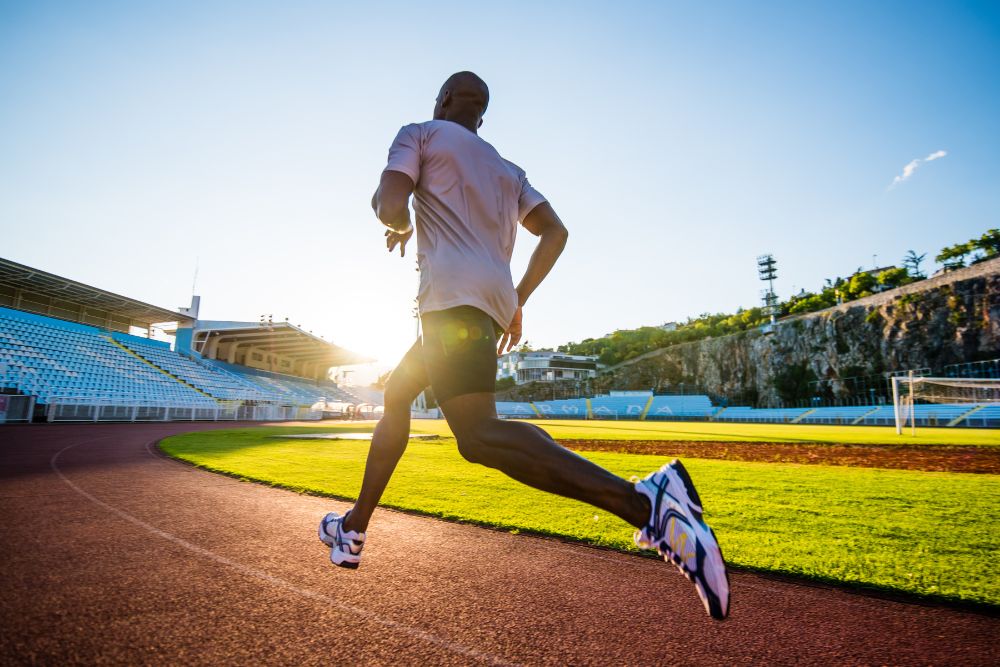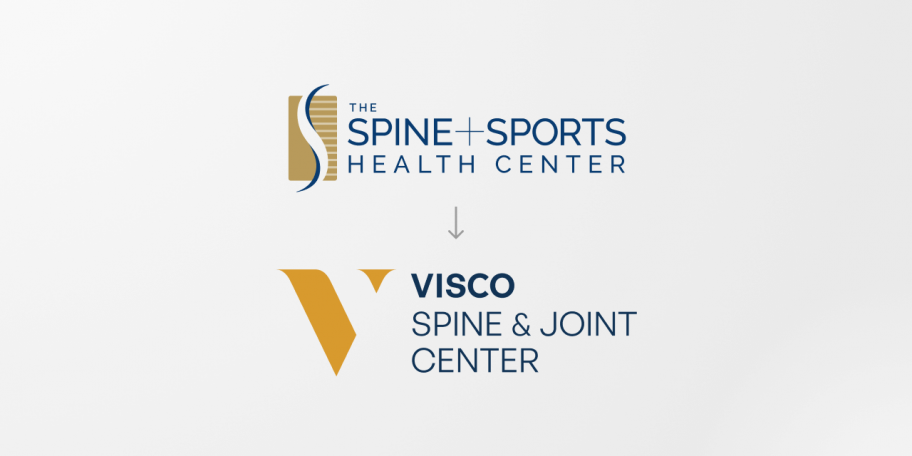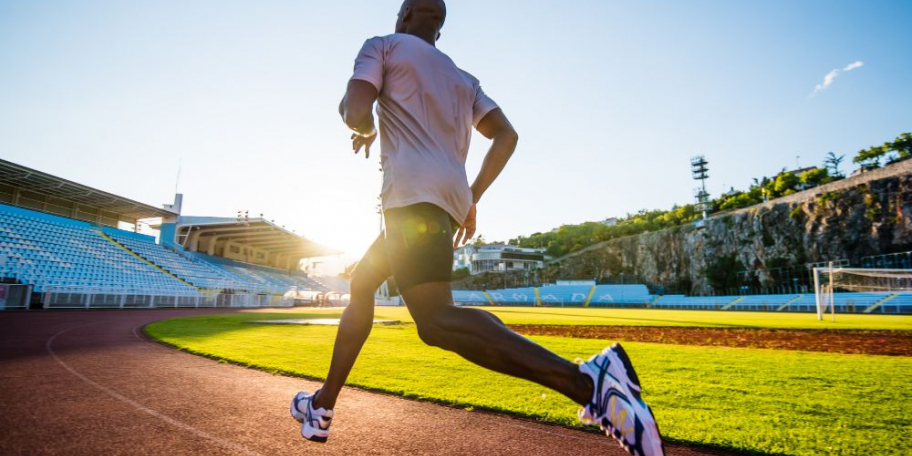Sports Medicine Beyond Injuries: How It Can Optimize Athletic Performance

When people think of sports medicine, they often associate it with injury recovery. However, sports medicine goes beyond rehabilitation – it can play a vital role in boosting athletic performance, preventing injuries, and ensuring long-term joint health. Whether you are a professional athlete or a weekend warrior, integrating sports medicine into your routine can help you perform better and stay active for years to come.
Preventative Strategies to Reduce Injury Risk
One of the key functions of sports medicine is injury prevention. Sports medicine specialists can help athletes minimize their risk of injury through personalized assessments and targeted interventions. These preventative strategies may include:
- Strength and Conditioning Programs: Building muscle strength and endurance reduces the likelihood of strains and overuse injuries.
- Flexibility and Mobility Training: Stretching and mobility exercises improve range of motion, decreasing the chance of muscle imbalances.
- Proper Warm-Up and Cool-Down Routines: Gradually increasing and decreasing activity levels helps prevent sudden stress on muscles and joints.
By proactively addressing risk factors, sports medicine enables athletes to maintain peak performance while significantly reducing the likelihood of getting hurt.
How Sports Medicine Supports Long-Term Joint Health
Joint health is essential for longevity in any sport. The repetitive motions and high-impact nature of athletic activities can lead to joint wear and tear over time. Sports medicine professionals work with athletes to protect and maintain joint health through:
- Injury Prevention Programs: Customized strength and conditioning exercises to reduce the risk of joint injuries.
- PRP Therapy: PRP therapy involves injecting concentrated platelets from the patient's own blood into the injured joint to stimulate tissue repair.
- Bracing and Orthotics: Providing external support to alleviate strain on vulnerable joints.
These approaches help athletes maintain joint integrity and reduce the risk of chronic pain and mobility issues down the road.
The Role of Biomechanics in Peak Athletic Performance
Biomechanics – the study of movement mechanics – allows sports medicine professionals to optimize athletic performance. Biomechanical analysis helps identify areas where athletes can improve efficiency and reduce unnecessary strain on their bodies. Some key aspects include:
- Gait and Running Analysis: Identifying imbalances in stride and foot placement can help improve running efficiency and reduce impact-related injuries
- Motion Analysis: Assessing an athlete's movement patterns, joint angles, and forces exerted during sports activities.
- Sport-Specific Movement Optimization: Enhancing movement mechanics for specific sports to maximize efficiency, precision, and power.
By refining movement mechanics, sports medicine professionals can help athletes reach their full potential while also minimizing the risk of injury.
Start Training Smarter and Playing Harder Today
Sports medicine is not just about recovery – it is a proactive approach to improving performance and preventing injuries. Through preventative care, joint health maintenance, and biomechanical optimization, athletes can achieve peak performance while ensuring longevity in their sport. Whatever your goal is, The Spine & Sports Health Center can help. To see one of our sports medicine doctors in Hoboken, Jersey City, or Bayonne, NJ, contact us today to schedule an appointment.




